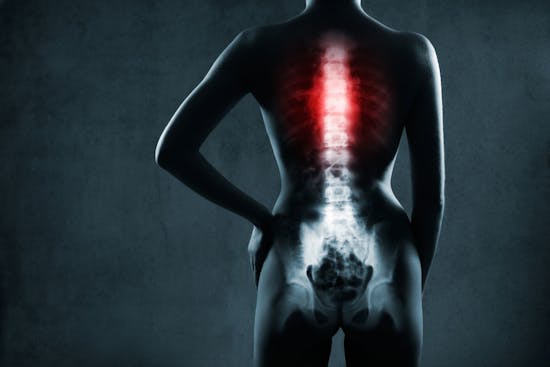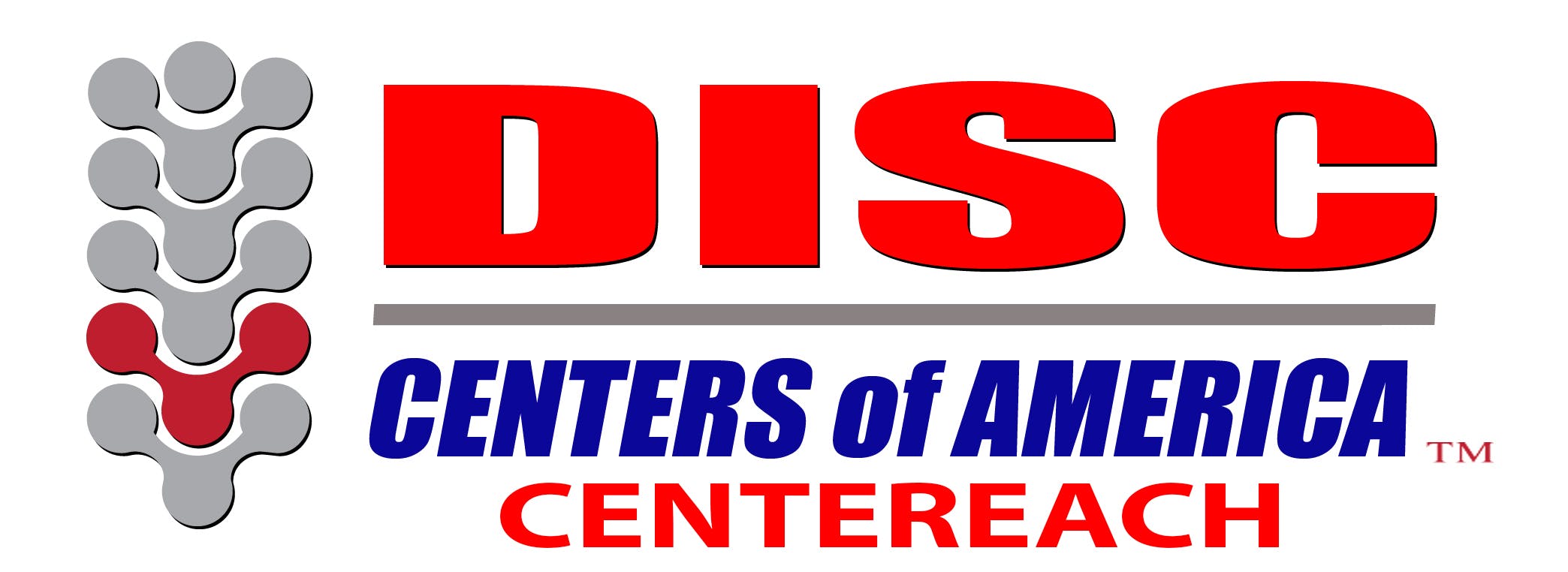
Most back pain does’t require surgery. It is normally treated with heat, spinal injections, physical therapy, and nonsteroidal anti-inflammatory (NSAIDs). However, if you have a spinal condition that is not able to be controlled by conservative means, your doctor may recommend spinal surgery.
Common reasons for spinal surgery include:
- Herniated or protruding disc that is not getting better
- Bone spurs that are putting pressure on the spinal cord or nerve roots
- Degenerative condition like spinal stenosis (narrowing of the protective bony canal around the spinal cord) that’s causing leg weakness or other disabling effects
- Loss of bladder or bowel control due to nerve damage in the spine
- Spinal infection
- Broken or dislocated vertebrae
- Spinal tumor
Some spinal surgeries performed include:
- Vertebroplasty and Kyphoplasty
- Spinal Laminectomy/Spinal Decompression
- Discectomy
- Foraminotomy
- Nucleoplasty (also called plasma disk decompression)
- Spinal Fusion
- Artificial Disc Replacement
Common Spine Surgeries
Spinal Fusion is the most common surgery performed for chronic nonspecific back pain with degenerative change. It involves joining sinal bones (vertibrae) together, which will limit the motion between them and how far your nerves can stretch.
Laminectomy is the most common surgery performed for lumbar spinal stenosis. This involves removing the rear portion of one or more spinal bones (vertebrae) that are pressing on nerves. Bone spurs and ligaments causing nerve irritation and inflammation may also be removed at same time.
Lumbar Decompression is the most common surgery performed for pain and disability caused by neural impingement (pinched nerves). This procedure involves the removal of a small portion of the bone over the nerve root and/or disc material from under the nerve root to give the nerve root more space and relieve the pressure on it.
Two common types of lumbar decompression surgery are:
- Microdiscectomy (microdecompression) – typically performed for radiculopathy or sciatic pain from a herniated disc.
- Lumbar Laminectomy (open decompression) – commonly performed for spinal stenosis to provide more room for the nerve root, reducing pain, leg weakness and/or neurological symptoms.
Physical Therapy for Back Pain
If you have back pain, try physical therapy first. Because of direct access laws, you may not even need a physician referral to come straight to us. We can help with many painful spine conditions and you may be able to avoid surgery altogether or at least delay it until absolutely necessary.

